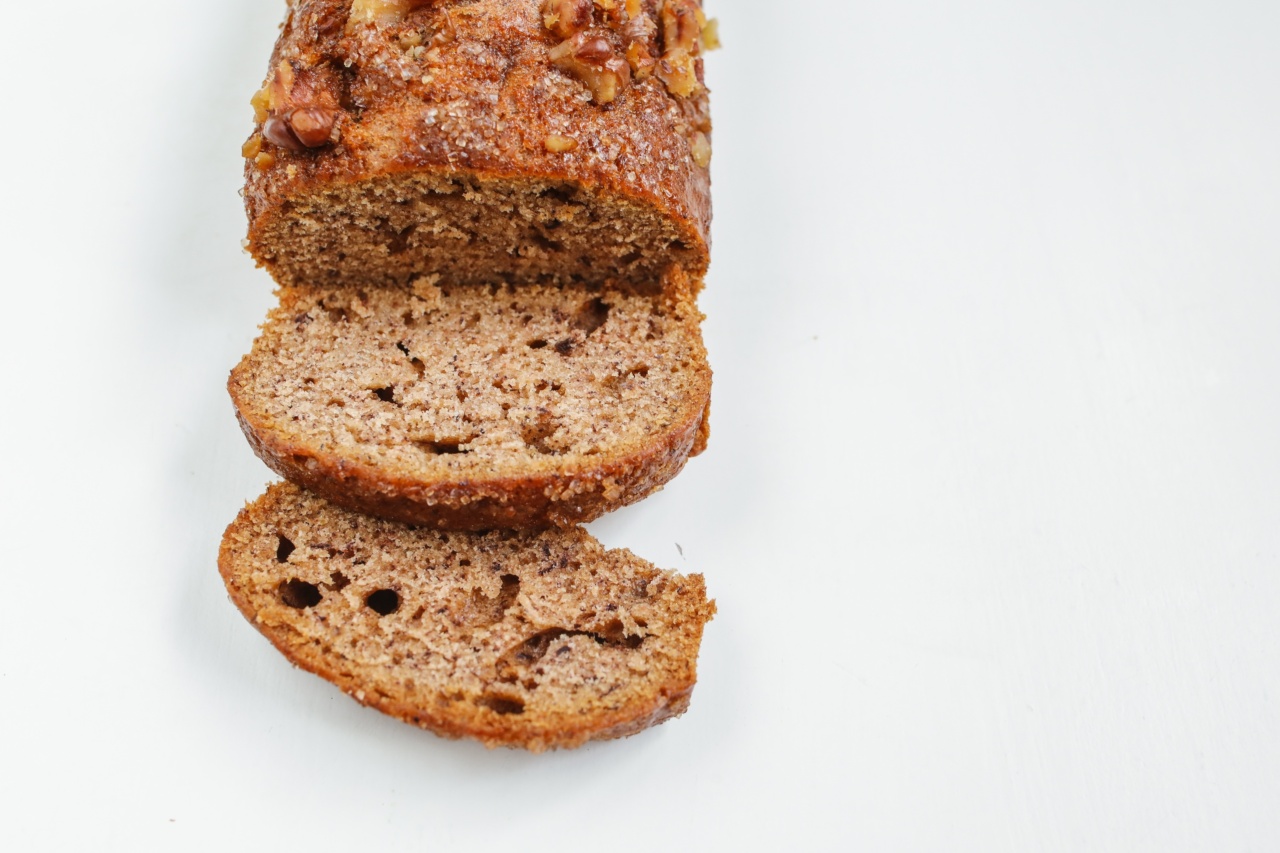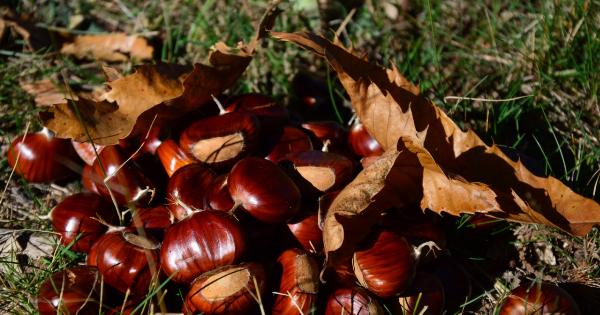As the leaves start to change colors and the air becomes crisp, there’s no denying that autumn is upon us. And with autumn comes a bountiful harvest of seasonal treats, one of which is chestnuts.
These delicious and nutritious nuts are a true delight for the senses and have been enjoyed for centuries. In this article, we will explore the various health benefits and culinary uses of chestnuts, making them a must-have addition to your autumn diet.
The History of Chestnuts
Chestnuts have a long and storied history, dating back thousands of years. Native to the temperate regions of the Northern Hemisphere, chestnut trees were highly valued by ancient civilizations such as the Greeks and Romans.
They were considered a symbol of abundance and were often used as a staple food source.
During the Middle Ages, chestnuts became an integral part of European cuisine and were commonly used in both sweet and savory dishes. They were roasted, boiled, mashed, and ground into flour.
Chestnut flour was particularly popular due to its sweet and nutty flavor, making it an excellent alternative to wheat flour for baking.
Nutritional Value of Chestnuts
Chestnuts are not only delicious but also packed with essential nutrients. They are a great source of dietary fiber, vitamins, and minerals, making them a healthy addition to any diet. Here’s a breakdown of the nutritional value of chestnuts:.
- Vitamin C: Chestnuts are unusually high in vitamin C compared to other nuts. Just 100 grams of chestnuts provide approximately 43% of the recommended daily intake of this vital vitamin, which plays a crucial role in supporting immune function and collagen production.
- Dietary Fiber: These nuts are an excellent source of dietary fiber, aiding in digestion and promoting feelings of fullness. Consuming a handful of chestnuts can help regulate bowel movements and prevent constipation.
- Minerals: Chestnuts are a good source of essential minerals such as potassium, magnesium, phosphorus, and copper. These minerals contribute to bone health, muscle function, and overall well-being.
- Antioxidants: Chestnuts contain antioxidants that help protect the body against damage caused by harmful free radicals. These antioxidants play a role in reducing the risk of chronic diseases and promoting overall health.
- Healthy Fats: Although chestnuts are relatively low in fat compared to other nuts, the fat they contain is mostly monounsaturated fat, which is considered heart-healthy.
Health Benefits of Chestnuts
The nutritional profile of chestnuts contributes to several health benefits. Incorporating chestnuts into your diet can provide the following advantages:.
Boosted Immune System
Thanks to their high vitamin C content, chestnuts can contribute to a stronger immune system. Vitamin C supports the production of white blood cells, which are essential in defending the body against infections and diseases.
Including chestnuts in your autumn diet can help protect you from seasonal illnesses.
Improved Digestion
As mentioned earlier, chestnuts are an excellent source of dietary fiber. Fiber plays a vital role in maintaining a healthy digestive system by promoting regular bowel movements and preventing constipation.
Adding chestnuts to your diet can aid digestion and support a healthy gut.
Heart Health
The monounsaturated fats found in chestnuts, such as oleic acid, have been associated with various heart health benefits.
These fats can help reduce levels of bad cholesterol (LDL) and increase levels of good cholesterol (HDL), thus lowering the risk of heart disease and improving cardiovascular health.
Weight Management
Chestnuts are relatively low in calories compared to other nuts, making them a great addition to a weight management plan.
The combination of dietary fiber and healthy fats in chestnuts can help you feel full for longer, preventing overeating and promoting weight loss.
Improved Bone Health
The minerals present in chestnuts, such as potassium, magnesium, and phosphorus, are crucial for maintaining strong and healthy bones.
These minerals contribute to bone density, preventing conditions like osteoporosis and reducing the risk of fractures.
Cooking with Chestnuts
Chestnuts are a versatile ingredient that can be used in a variety of dishes. They can be enjoyed both raw and cooked, and their unique flavor adds a delightful touch to both sweet and savory recipes.
Here are a few ideas for incorporating chestnuts into your autumn meals:.
Roasted Chestnuts
Roasted chestnuts are a beloved autumn tradition in many countries. To make them, score the skin of each chestnut with a knife and roast them in the oven or over an open fire.
The nutty aroma and smoky flavor of roasted chestnuts make them a perfect snack on a chilly evening.
Chestnut Stuffing
Add a twist to your holiday feast by preparing a chestnut stuffing. Sauté onions, celery, and chopped chestnuts in a pan, and then mix them with bread cubes, herbs, and vegetable broth.
This flavorful stuffing pairs well with roasted poultry or can be enjoyed as a vegetarian main course.
Chestnut Soup
A warm bowl of chestnut soup is a comforting autumn treat. Simmer chestnuts with onions, garlic, and vegetable broth until tender, then blend the mixture until smooth. Season with herbs and serve with a drizzle of cream for a creamy and delicious soup.
Chestnut Desserts
Chestnuts can also be used in a variety of sweet treats. From chestnut cakes and pies to chestnut mousse and ice cream, the possibilities are endless.
Chestnut flour can be used as a gluten-free alternative in baking, creating delectable pastries with a rich and nutty flavor.
Conclusion
Chestnuts are not only a delicious and versatile autumn treat, but they also offer a wide array of health benefits.
Packed with essential nutrients and antioxidants, chestnuts can boost your immune system, aid digestion, promote heart health, assist in weight management, and contribute to strong bones. So, as the leaves fall and the temperature drops, make sure to grab a bag of chestnuts and enjoy this seasonal delight to its fullest!.






























